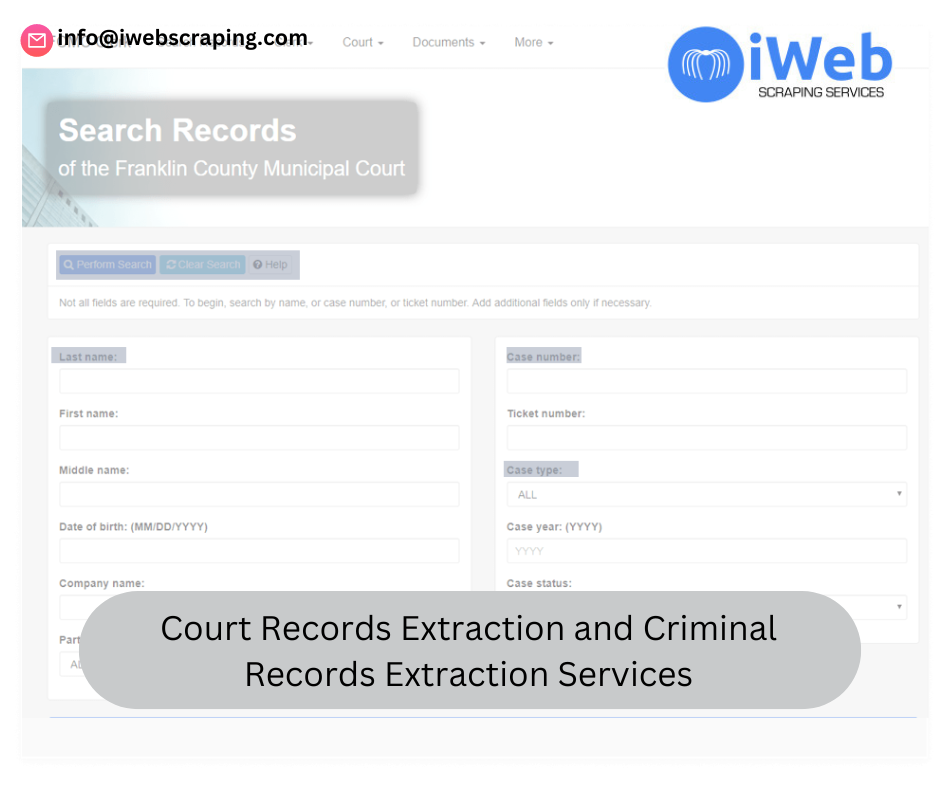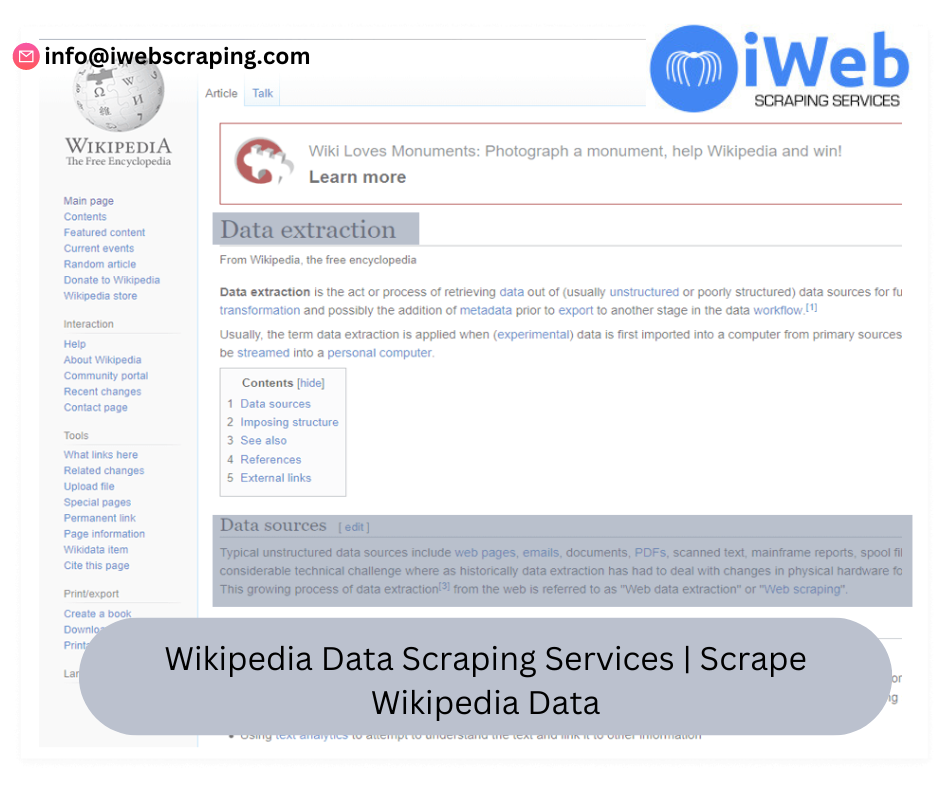
Horse racing, a sport steeped in tradition, continues to captivate audiences worldwide. Enthusiasts and bettors alike crave up-to-date information to make informed decisions. This is where horse racing data scraping comes into play. By leveraging modern technology, it's possible to scrape horse racing data daily, offering invaluable insights and a competitive edge. In this blog, we'll explore the intricacies of horse racing data scraping, its benefits, and how you can get started.
What is Horse Racing Data Scraping?
Data scraping involves extracting information from websites using automated tools. For horse racing, this means pulling data on races, horses, jockeys, track conditions, and more from various online sources. This information is then compiled into a structured format, such as a spreadsheet or database, where it can be easily analyzed.
Why Scrape Horse Racing Data?
Comprehensive Analysis: Scraping allows you to gather extensive data across multiple sources, providing a holistic view of the racing landscape. This includes historical performance, current form, and even predictive analytics.
Timeliness: Manually collecting data can be time-consuming and prone to errors. Automated scraping ensures you get the latest information daily, crucial for making timely betting decisions.
Competitive Edge: With access to detailed and up-to-date data, you can spot trends and patterns that others might miss. This can significantly improve your chances of placing successful bets.
Customization: Scraping allows you to collect data specific to your needs. Whether you're interested in particular races, horses, or statistics, you can tailor the scraping process to your preferences.
Key Data Points to Scrape
When setting up your horse racing data scraping project, focus on the following key data points:
Race Details: Date, time, location, race type, and distance.
Horse Information: Name, age, gender, breed, past performance, and current form.
Jockey Data: Name, weight, past performance, and win rates.
Trainer Statistics: Name, career statistics, recent performance, and track record.
Track Conditions: Weather, track surface, and condition ratings.
Betting Odds: Opening odds, closing odds, and fluctuations.
Tools and Techniques for Data Scraping
Python Libraries: Python offers several powerful libraries like BeautifulSoup, Scrapy, and Selenium for web scraping. BeautifulSoup is great for parsing HTML and XML documents, while Scrapy is a more robust framework for large-scale scraping projects. Selenium is useful for scraping dynamic content.
APIs: Some websites provide APIs (Application Programming Interfaces) that allow you to access their data directly. This is often a more reliable and ethical way to gather information.
Browser Extensions: Tools like Octoparse and ParseHub offer user-friendly interfaces for scraping without needing to write code. These are ideal for beginners or those who prefer a visual approach.
Database Management: Once data is scraped, tools like SQL databases or NoSQL databases (e.g., MongoDB) can help manage and analyze it effectively.
Ethical Considerations
It's important to approach data scraping ethically and legally. Here are some guidelines:
Respect Terms of Service: Always check the terms of service of the websites you plan to scrape. Some sites explicitly forbid scraping.
Rate Limiting: Avoid overwhelming a website's server with too many requests in a short period. Implement rate limiting to ensure your scraping activities don't cause disruptions.
Data Privacy: Be mindful of data privacy regulations and avoid scraping personal or sensitive information.
Getting Started
Identify Your Data Sources: Start by listing the websites and APIs that provide the data you need.
Choose Your Tools: Select the scraping tools that best fit your technical skills and project requirements.
Set Up Your Scraping Environment: Configure your development environment with the necessary libraries and tools.
Write and Test Your Scrapers: Develop your scraping scripts and test them to ensure they are extracting the correct data accurately.
Automate and Maintain: Set up automation to run your scrapers daily. Regularly monitor and update your scrapers to handle any changes in the websites' structures.
Conclusion
Horse racing data scraping offers a wealth of opportunities for enthusiasts and bettors to enhance their understanding and improve their betting strategies. By automating the data collection process, you can access timely, comprehensive, and accurate information, giving you a significant edge in the competitive world of horse racing. Whether you're a seasoned bettor or a newcomer, leveraging data scraping can take your horse racing experience to the next level.

















.png)
.png)
.jpg)
Write a comment ...